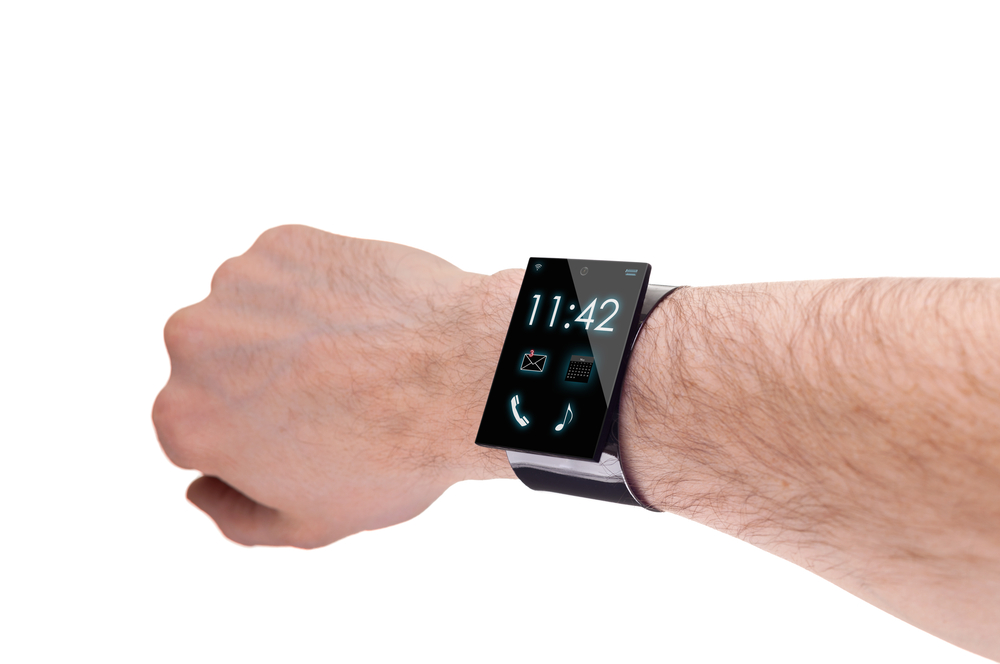
OK, maybe that's a slight exaggeration. But wearable devices are really struggling to get off the ground, at least in the UK. All of the excitement that surrounds smartwatches that can be used to read email, VPN into a home computer, check vital stats, set off The Bomb, or tell the time (imagine!) -- maybe a couple of these are a little far-fetched -- seems to be little more than manufacturers' fluff and guff. The wheels of the marketing machine have been whirring away furiously, but it has had very little effect. With a population of approaching 65 million people, only a very tiny proportion of the nation has seen the need to invest in a smartwatch -- below 1 percent in fact.
Figures from Kantar World Panel show that a lowly 0.9 percent of UK consumers have put their hard-earned money towards a smartwatch. Other statistics to come from the research are of little surprise. Almost three quarters (72 percent) of smartwatch owners are male, and 56 percent are aged under 35. There are a small number of names associated with smartwatches, and the spread is fairly evenly distributed. At the top of the heap is Samsung with a 32 percent share, followed by Sony with 21 percent and Pebble with 18 percent. There is obviously a leader, but with the numbers being so low, percentages are very easily swayed.
It could be argued that smartwatches are a relatively new technology, and all we're witnessing it a slow uptake rate. This is true to some extent, but the idea of a smartwatch is one that has appealed for decades. The allure of being able to speak FBI-style into a wrist-mounted device is something that was conjured up in all manner of sci-fi books and movies. But the reality has proved to be very disappointing. Devices are expensive and limited (again, an accusation that could be levelled at many newer devices) and this has been noted by consumers. The consumer votes with his (I'll stick with 'his' for want of a gender-neutral third person singular) wallet. And when it comes to smartwatches, the wallets have remained firmly in pockets.
My colleague Alan noted around a year ago that the watch in general is on the decline. Dumb watches are still available but they are far less common than a decade or two ago. Smartwatches face an uphill struggle to gain any sort of foothold. But it seems like consumers are not completely opposed to the idea of wearable tech. Fitness bands are twice as popular, although this still only amounts to ownership by 18 percent of the population.
Writing this in Word 2013, it is interesting to note that the word 'smartwatch' is flagged up as being incorrectly spelled. It is a word that may be in the tech lexicon, but it is yet to infiltrate general vocabulary. Is there a reason smartwatches are struggling to gain mass popularity? Price probably plays a large part in this. It is interesting to note that Samsung is leading the pack at the moment, despite the fact that its Galaxy Gear smartwatches need to be used in conjunction with a Samsung phone.
But ultimately the problem is that there are simply no compelling reasons to part with your cash. What benefit does a smartwatch offer over the ubiquitous smartphone? Devices with a specific purpose -- like fitness bands -- have a reason to exist, but the majority of smartwatches seem to have been created just for the sake of it. With smartwatches usually merely parroting the functionality of a smartphone (albeit in a very limited fashion), what is the point? Ultimately there is none. And this is a message that consumers are sending to manufacturers loud and clear by keeping their cash for other things.
I don't doubt that if the rumored iWatch ever makes an appearance, things will pick up dramatically, but the prospect of yet another crowd-pleasing-but-ultimately-disappointing idevice is one that fills me with dread.
Smartwatches were dead before they even began. Expensive, limited functionality, awkward screen, universally ugly designs; it's no wonder sales are so low.
Photo Credit: Robnroll/Shutterstock

